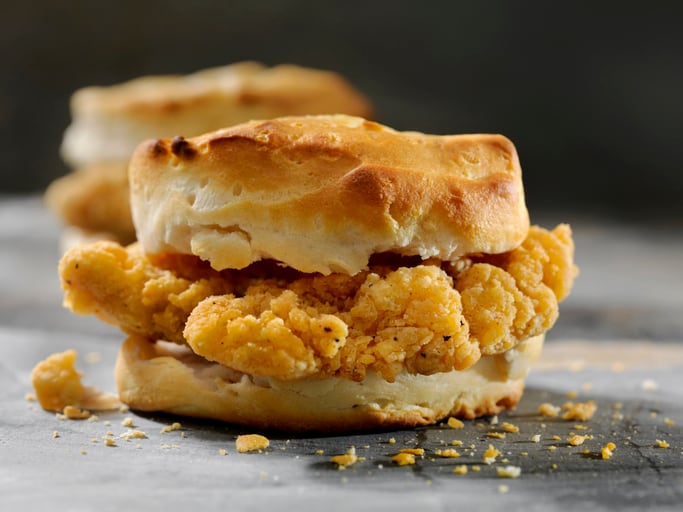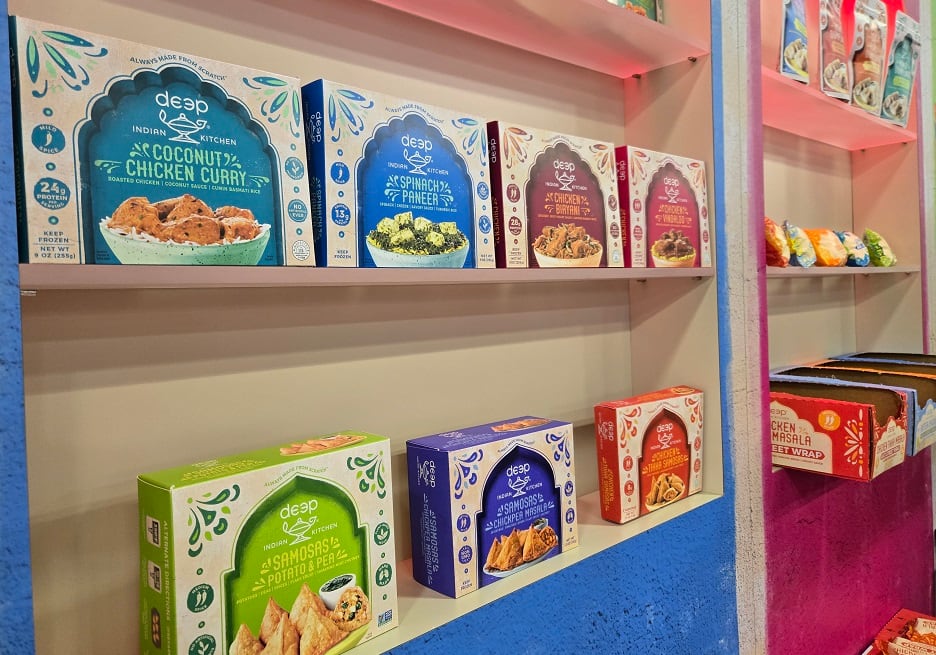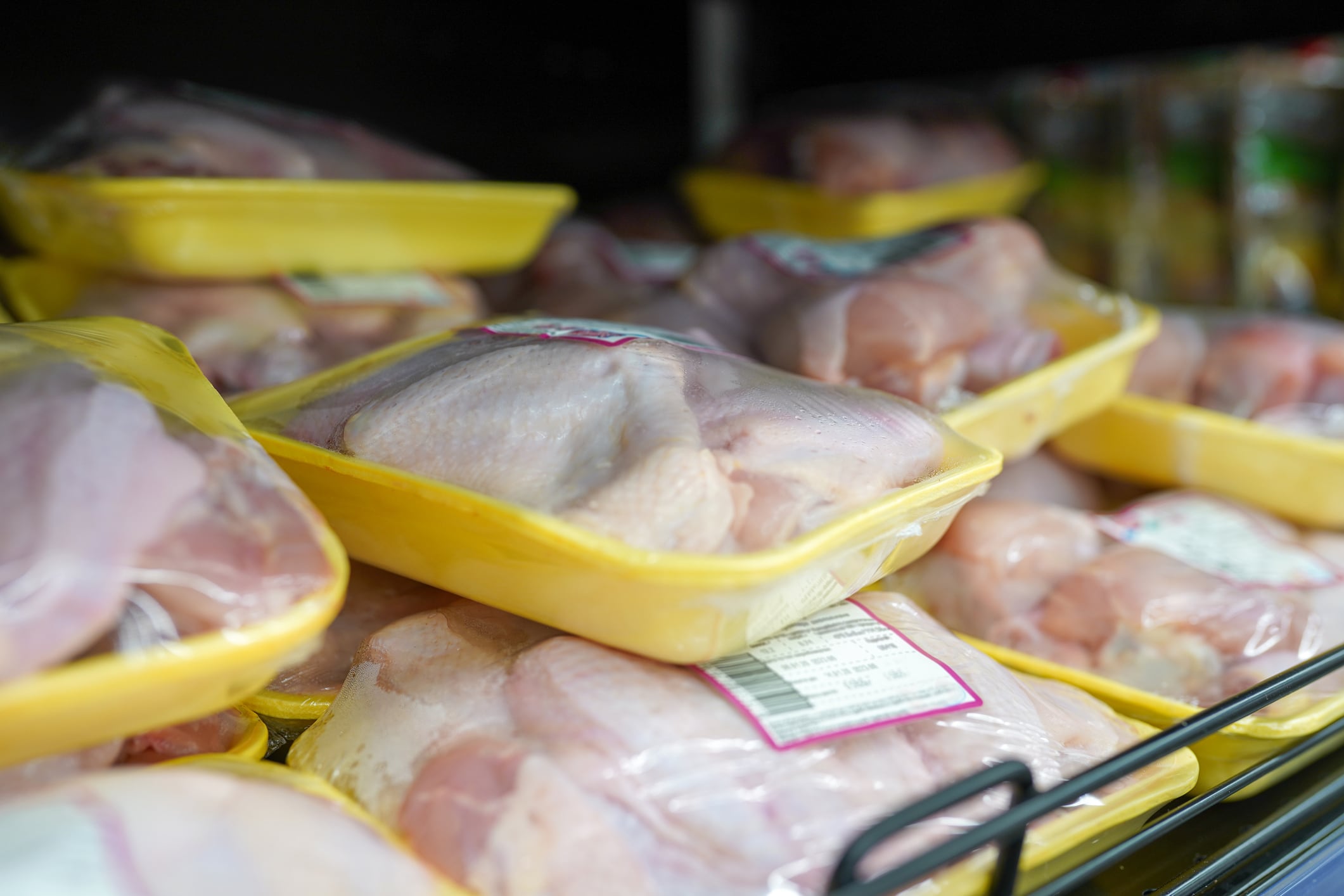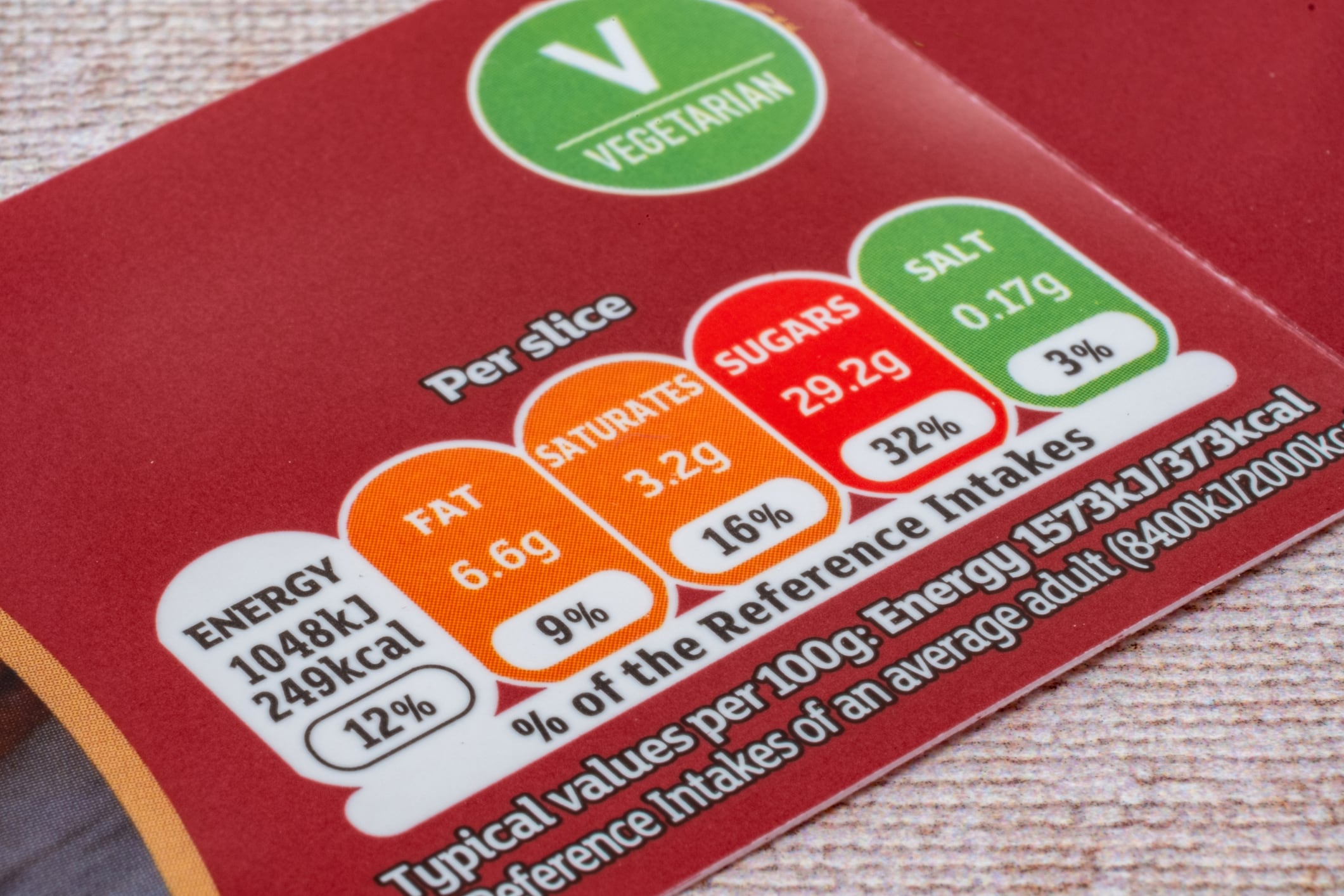Tyson Foods’ comeback continues with innovative launches across categories and dayparts that meet consumer demand for convenience, protein and simple ingredients – helping its branded products outperform the broader food and beverage industry in volume growth.
The meat and poultry provider yesterday reported sales, adjusted operating income and adjusted earnings in its third quarter ending June 28 grew year-over-year for the fifth consecutive quarter – beating investment analysts’ expectations and allowing the company to raise its guidance.
Specifically, sales were up 4% to $13,884 million, adjusted operating income was up 3% to $505 million and EPS climbed 5% to 91 cents compared to a year ago, according to the company.
“This was no accident,” crowed CEO Donnie King, who has led a strategic revival of the company’s business that began during the pandemic.
Rather, he said, “innovation, distribution gains and efficient marketing and promotional support are strengthening our brands and keeping us competitive in the marketplace.”
Snacking and CPG sales drive growth
While the company’s total volume was roughly flat last year, strong gains across its branded retail foods – including Jimmy Dean, Hillshire Farm, Ball Park and Tyson branded value-added chicken – were more than enough to offset a 3.1% drop in beef which contributed to a $151 million drop in adjusted operating.
Overall, volume of Tyson’s retail branded products increased 1.5% in the quarter compared to a 0.3% decline in volume across the total food and beverage industry, the company reported.
Most notable within this segment is a 20.1% volume increase in Hillshire Snacking and a 10% volume increase in Tyson branded frozen value-added chicken, both of which were driven by innovation and products with on-trend attributes consumers want, according to the company.
“Consumers generally remain cautious and more selective in how they spend,” but “protein continues to be the right place to play,” King said, adding: “We are meeting consumers where they are and you can see that in new innovations, like our Tyson Simple Ingredient Nuggets developed for those seeking high protein and simple ingredients with chicken, cheese and seasoning, and a great taste without compromise.”
Other products are driving engagement and incremental eating occasions, including the recently launched Mega Dino Nuggets.
“We are especially pleased with the momentum in our snacking portfolio, where volume grew 20% and share increased 110 basis points, led by strong performance from Hillshire brand snacks,” King said.
This includes strong gains in Hillshire snacking dips and spreads, he said, noting the company plans to leverage its brand equity within snacking “to thoughtfully expand into new spaces.”
For example, the company is launching new Hillshire Farm handhelds featuring ham and cheese, buffalo style chicken and Philly cheesesteak, which are “all designed to meet growing consumer demand for convenient high protein options,” said King.
“This marks an exciting step into a new platform for the Hillshire brand and reinforces that we have our most robust innovation pipeline ever as well as our commitment to innovation across the company,” he added.
Fresh chicken sales reinforce long-term strategy
Tyson Food’s fresh chicken also helped bolster the company’s overall performance with both top and bottom line growth that reflects years of intentional upgrades to the poultry business.
For the third consecutive quarter, Tyson’s chicken business grew with a 3.5% increase in year-over-year sales to $4.2 million in the third quarter. The gains are thanks to a combination of volume and price increases, up 2.4% and 1.1% respectively, and consumer demand for high-quality fresh protein, the company reported.
The gains are particularly notable given Tyson’s chicken business’ operating margins had contracted to a slim 0.2% in 2021 from 11.9% in 2016 despite strong sales – a mismatch that prompted the company in late 2021 to adopt an aggressive four-prong plan to restore competitiveness.
Through a combination of closing underperforming plants, laying off employees and investing in automation at other facilities, Tyson has steadily rebuilt its poultry performance.
Brighter horizons ahead
Based in part on these gains, Tyson Foods lifted its sales guidance for the fiscal year – now projecting sales to climb 2% to 3% rather than its previous prediction they would come in flat or just under 1% year-over-year.
It also tightened its operating expense guidance by moving the lower end up $200 million to $2.1 billion with the upper end still predicted at about $2.3 billion




